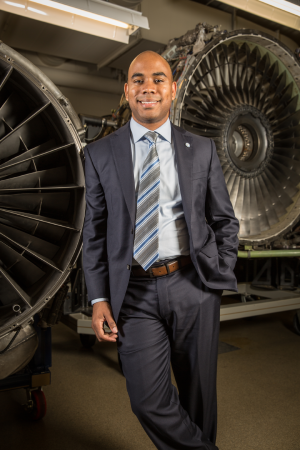bioMASON Inc interior and exterior façade tile made with biocement, which is less costly and more sustainable than its traditional counterpart
Technology topic
Instrumentation and Hardware Systems (IH)
The Instrumentation and Hardware Systems topic addresses the research and development of new and improved instrumentation and related systems for a wide variety of commercial and industrial applications. Proposals in this topic may deal with new instruments for use in scientific, industrial, engineering or manufacturing environments, among others. Systems and tools designed for the purposes of detection, manipulation, characterization, measurement, processing, control or monitoring will be considered. A wide variety of applications areas will be considered as part of this topic.
Sub-Topics
IH1. Instrumentation or Hardware Systems for Actuation, Control, and Manipulation
IH2. Instrumentation or Hardware Systems for Detection and Characterization
IH3. Instrumentation or Hardware Systems for Imaging
IH4. Other Instrumentation or Hardware Systems Technologies
Application process for Instrumentation and Hardware Systems (IH) funding
Eligibility for Instrumentation and Hardware Systems (IH) funding +
- Your company must be a small business (fewer than 500 employees) located in the United States.
- At least 50% of your company’s equity must be owned by U.S. citizens or permanent residents. NSF does not fund companies that are majority-owned by multiple venture capital firms, private equity firms, or hedge funds, to participate in SBIR and STTR.
- All funded work, including work done by consultants and contractors, needs to take place in the United States.
- The project’s principal investigator (tech lead) must be legally employed at least 20 hours a week by the company seeking funding. The principal investigator doesn’t need any advanced degrees.
- The principal investigator needs to commit to at least one month (173 hours) of work on a funded project per six months of project duration.
Evaluation Criteria: What We Look for When Evaluating Instrumentation and Hardware Systems (IH) proposals +
- Technological Innovation
- Broader Impacts
- Commercial Potential
- Read more about our criteria
Take our project assessment to see if your work might be a good fit for NSF funding.
Featured Companies
Sensatek Propulsion Technology, Inc.
Sensatek Propulsion Technology develops ceramic materials derived from fused polymers for wireless sensors on the most extreme parts of an engine. This technology, led by a Marine Corps veteran, may be used for aircraft such as F-18s or Air Force One. These passive resonant frequency antennas create a wireless sensor that does not need cables or batteries to be “the eyes” on the costliest parts of gas turbine engines. The wireless sensors are sprayed directly on blades to provide temperature data that feeds into remaining useful life models to further predict outages. The sensors can withstand temperatures up to 800°C and speeds up to 126,000 revolutions per minute (rpm) to increase the efficiency of engines and determine how long the parts will last, allowing manufacturers to schedule maintenance, and saving money.

"The NSF helped me develop our technology with the early-adopting customer in mind. The SBIR funding helped us overcome the highest technical risk based on feedback from customers and establish a proof of concept around our innovation. Without the support of the National Science Foundation, I would have not been able to start the company and commence demonstrating the technical merits of the innovation to customers."
Reamonn Soto, Founder of Sensatek Propulsion Technology, Inc

